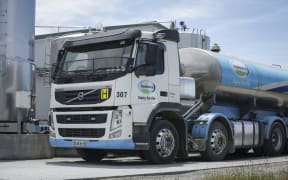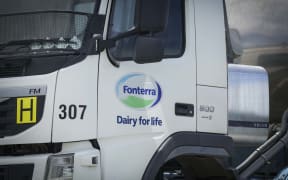New Zealand still hasn't recognised the high risk of its dependency on whole milk powder, an agri-food specialist says.

Photo: 123rf
Keith Woodford, honorary professor of agri-food systems at Lincoln University, said whole milk powder was mainly used by developing countries, and once they became more established, demand fell away.
Whole milk powder is one New Zealand's biggest exports. In the year to March, whole milk exports were worth nearly $4.8 billion - more than a third of dairy export earnings.
More than 1.3 million tonnes of the product was sent overseas in the year to June 2016, AgriHQ figures show.
"I don't think we've quite recognised in New Zealand the extent to which we've developed our industry focused toward a product which is used by countries while they're developing rather than when they are fully developed," Mr Woodford said.
"In New Zealand we use hardly any whole milk powder. Why would we expect other wealthy countries to be using lots of it?"
Fonterra collects about 18 billion litres of milk each season and is aiming to have shifted 400m litres of milk to higher value products by the end of the year.
The co-operative has been criticised over how much milk it exports as whole milk powder, but says it is looking to channel as much of its milk as possible into products that "create the most value for farmers".
Mr Woodford said despite recent investment in mozzarella and UHT plants, the dairy sector still relied too heavily on whole milk powder.
"In the totality of things it's not enough to shift our industry. Getting into value-add... it's a really long term project and you just can't do that overnight.
"Some of the problems we're in now are not so much because of bad decisions at the moment, but of bad decisions that were made 10 years ago.
Mr Woodford cited Tatua and Synlait as examples of how companies could make better long-term returns of higher value products, such as A2 milk.
"There are no easy decisions, but I think the first point is actually recognising that we're not in the best product mix at the moment, and then we can start having some much more structured and sophisticated debates as to how we're going to get to a different place than where we are now."




